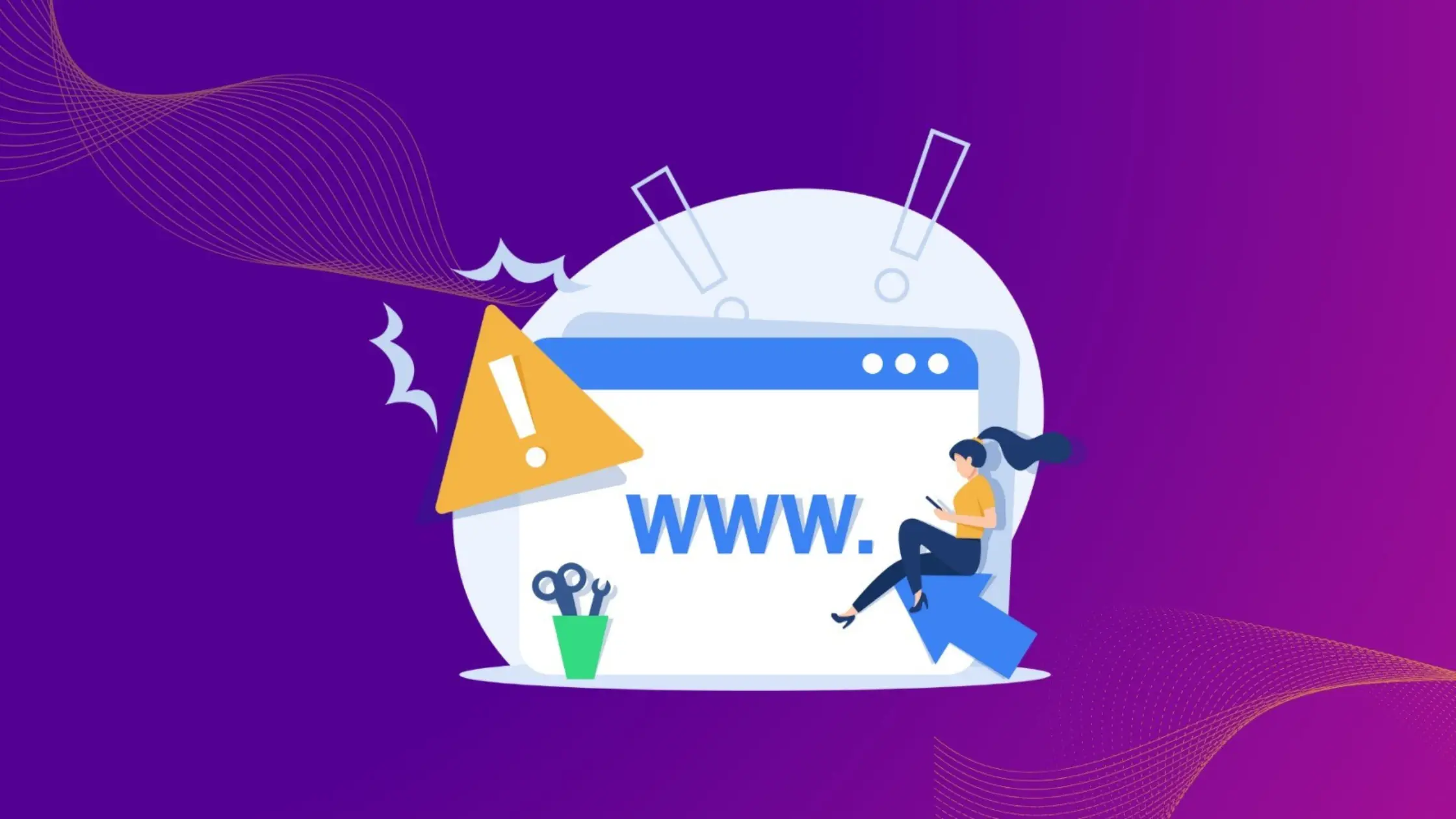
Ad fraud are no new threats—but they’ve become more dangerous than ever. Many advertisers nowadays know about threats such as invalid traffic, clicks coming from suspicious sources, manipulative techniques to drive conversions. But fraudsters change and adapt too—so traditional methods are falling short to protect your media spends.
This is where the value of independent web traffic validation tools comes into play. In this blog, you will get to know about the hidden gaps in traditional ad fraud detection methods, threats and how to combat it with advanced ad fraud detection solution.,
The Hidden Gaps in Traditional Ad Fraud Detection Methods
Advertisers usually depend on reports provided by media platforms or rely on internal campaign audits to identify suspicious activities in their ad campaigns. But this method has four major limitations:
-Surface-Level Validation Only
Most traditional tools are limited validating clicks and impressions—they don’t go deep post-click behaviour or conversion quality. Consequently, they fall short of identifying fraud that occurs further along the funnel, such as bot-driven fake installs, invalid sign-ups, or low-quality leads generated by bots or incentivized traffic. Without access to more in-depth funnel data, advertisers are left with inflated metrics that don’t correspond to actual business effects.
-Conflict of Interest
Platforms have an interest in campaign success. Whether clicks, impressions, or conversions, the self-serving metrics usually reported are likely to be downplaying the scale of ad fraud. Without third-party confirmation, advertisers are effectively marking their own work—or relying on a party with a vested interest in the inflated grade. Making things worse, sophisticated fraud methods now imitate genuine user activity and operate on genuine devices, rendering them difficult to be detected by platform-level algorithms. Source-level transparency limitations also restrict visibility into where ads are displayed and by whom they are consumed, resulting in significant blind spots in fraud detection.
-Limited Cross-Channel Visibility
Traditional tools usually work in siloed environments. These tools have limited exposure to multiple channels including newly emerging channels like CTV and OTT or walled gardens like Google and Meta campaigns. This leaves visibility gaps, particularly when campaigns run across multiple platforms.
-Reactive, Not Real-Time
In-house systems usually use static rules or past data, meaning they detect fraud after the fact. Fraudsters, on the other hand, evolve rapidly—continuously changing their methods to remain ahead of such traditional ad traffic validation detection processes.
How Advanced Tools Are Combatting Ad Fraud
-Full-Funnel Protection – Why It Matters
Ad fraud is not just at the top of the funnel—it hits impressions, clicks, installs, and even in-app behaviour. The fraudulent traffic at any stage can distort performance metrics and drain marketing budgets. Full-funnel protection guarantees that all touchpoints are authenticated for genuineness. Sophisticated devices track the entire process, from view of the ad to ultimate conversion. This assists brands with catching manipulation early and real-time campaign adjustments. It ensures ROI is based on real user engagement, not artificial activity.
-Omnichannel Transparency – Reaching Real Audiences Everywhere
Today’s users engage in multiple places—apps, sites, social media, and CTV. To remain relevant, brands must engage across these channels consistently. But with omnipresence comes the danger of fraud lurking in blind spots. Sophisticated ad fraud solutions provide integrated, real-time visibility across all touchpoints. This transparency identifies where fraud occurs, and which channels perform. It enables wiser media purchasing and improved audience targeting.
-Post-Bid Validation – Catching What Pre-Bid Misses
Pre-bid filters prevent known threats but are likely to miss sophisticated fraud types. Post-bid validation ensures ads were human-served, viewable, and contextually placed. It assists in identifying bot traffic, ad stacking, and domain spoofing following the serving of the ad. Advanced tools analyzes post-impression behaviour for suspicious patterns. It assists advertisers in taking remedial action and refining future targeting. Post-bid checks introduce an additional level of safeguarding, refining trust and spend.
All these features—full-funnel safeguarding, omnichannel transparency, and post-bid verification—are seamlessly delivered by Valid8, the ad fraud solution by mFilterIt. With smart algorithms, real-time analytics, and industry-leading precision, Valid8 enables brands to remain fraud-free and committed to genuine growth.
Emerging Ad Fraud Threats You Can’t Ignore
Fraud is no longer just about bots and click farms. Advertisers now deal with a new generation of sophisticated threats that most legacy tools miss:
-Frequency Capping Abuse
Frequency capping is designed to limit how often an ad is shown to the same user to prevent fatigue. Scammers take advantage of this by altering advertisement delivery settings or impressions. This results in ads being presented much more frequently than desired, wasting impressions. It also distorts performance measures such as reach, frequency, and engagement. Advanced monitoring devices assist in identifying these trends and implement actual frequency limits.
-MFA (Made for Advertising) Sites
These are low-quality websites built solely to attract ad revenue. They are filled with scraped, irrelevant, or AI-written content without any actual audience value. Advertisements placed here could be technically “viewable,” but user activity is near zero. They inflate impression numbers without giving any brand lift or ROI. Most MFA sites are included in programmatic ad networks, so they are difficult to block. Advanced detection tools currently flag and block MFA inventory in order to guard against media investment.
-Lead Fraud
Lead-based campaigns are frequently targeted by scammers. Fraud techniques involve bots submitting forms, proxy IP repeated entries, or pay-for-signups. These are bogus leads that inflate CPL figures but don’t convert to actual conversions. Advertisers pay for useless data that never translates into business results. Without validation tools, it’s difficult to separate genuine intent from fake engagement. Lead verification and behaviour analysis are imperative to combat this increasing menace.
Conclusion
The digital advertising economy is becoming more sophisticated, as are the threats that hide there. While in-house or platform-driven fraud detection may provide general protection, they lack the sophistication, scale, and neutrality to keep up with today’s fraud.
A third-party verification tool is not only a safety net—it’s a competitive edge. It not only allows advertisers to identify fraud after it happens but prevents it from happening in the first place. In a time where transparency, accountability, and media efficiency are top priorities, this kind of protection is no longer a nicety—it’s a necessity.







